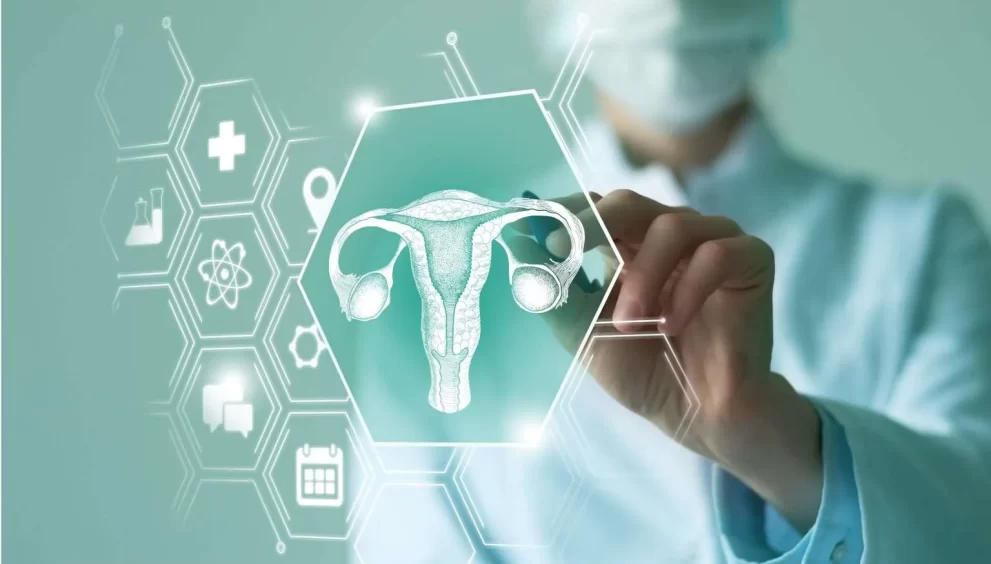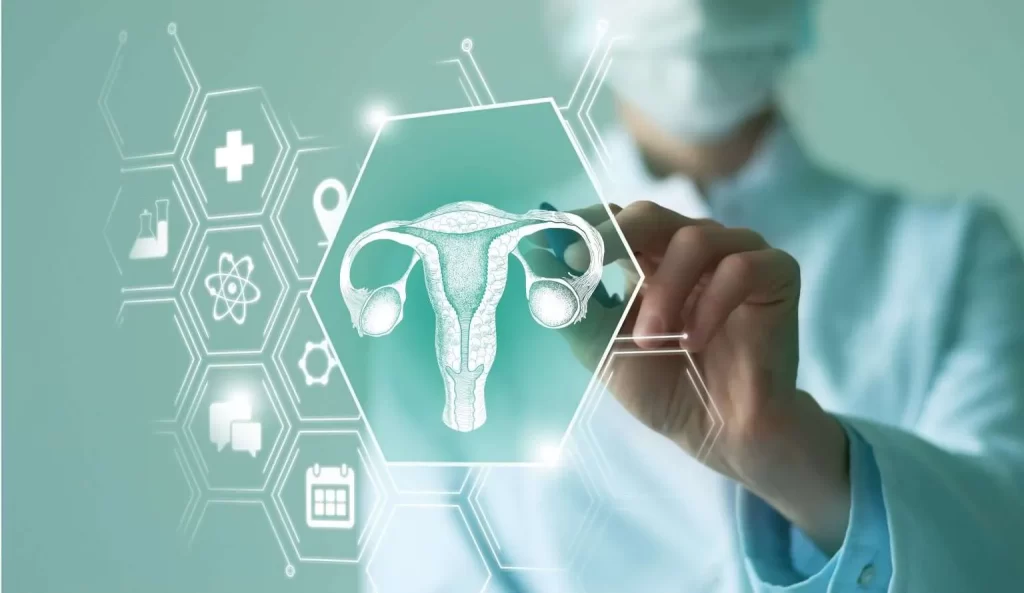Prioritizing Cervical Cancer Prevention: The Imperative of Pap Smear Testing

Cervical cancer stands as one of the most preventable and treatable forms of cancer, yet it continues to claim the lives of thousands of women worldwide each year. Amidst the arsenal of preventive measures available, Pap smear testing emerges as a cornerstone in the fight against this disease. Understanding the significance of Pap smear tests and ensuring their widespread adoption are critical steps toward reducing the burden of cervical cancer and saving lives.
The Burden of Cervical Cancer:
Cervical cancer ranks as the fourth most common cancer among women globally, with an estimated 570,000 new cases and 311,000 deaths reported annually. Despite advances in cancer treatment and prevention, disparities persist, disproportionately affecting women in low- and middle-income countries where access to screening and healthcare services may be limited. The majority of cervical cancer cases are attributed to persistent infection with high-risk strains of the human papillomavirus (HPV), underscoring the importance of early detection and prevention strategies.
The Role of Pap Smear Testing:
Pap smear testing, also known as cervical cytology screening, involves collecting cells from the cervix to detect any abnormalities that may indicate precancerous or cancerous changes. By identifying these abnormalities early, before they progress to invasive cancer, Pap smear tests enable timely intervention and treatment, thereby reducing morbidity and mortality associated with cervical cancer. Moreover, Pap smear testing can detect HPV infections, allowing for targeted interventions such as vaccination and follow-up screening.
Benefits of Regular Screening:
Regular Pap smear screening offers numerous benefits beyond early detection of cervical abnormalities. By detecting precancerous lesions early, screening can prevent the development of invasive cancer altogether, saving lives and reducing the need for more invasive treatments. Additionally, Pap smear testing can detect other gynecological conditions, such as infections and inflammation, allowing for prompt management and alleviation of symptoms. For women aged 21 to 65, guidelines recommend screening every three to five years, depending on individual risk factors and previous screening results.
Overcoming Barriers to Screening:
Despite the proven efficacy of Pap smear testing, barriers to screening persist, contributing to disparities in cervical cancer outcomes. These barriers may include lack of awareness about the importance of screening, limited access to healthcare services, cultural stigmas, and fear or discomfort associated with pelvic examinations. Addressing these barriers requires multifaceted approaches, including community education and outreach, increasing access to screening services, reducing financial barriers, and promoting patient-centered care that respects cultural beliefs and preferences.
Future Directions in Cervical Cancer Prevention:
Looking ahead, efforts to enhance cervical cancer prevention must encompass a comprehensive approach that integrates screening with vaccination against HPV and treatment of precancerous lesions. HPV vaccination, recommended for both boys and girls starting at age 9, offers primary prevention against HPV infection and its associated cancers, including cervical cancer. Furthermore, advancements in screening technologies, such as HPV testing and liquid-based cytology, hold promise for improving the accuracy and efficiency of cervical cancer screening programs.
Pap smear testing remains a cornerstone in the prevention and early detection of cervical cancer, offering a lifeline to women around the world. By prioritizing regular screening, raising awareness, and addressing barriers to access, we can ensure that all women have the opportunity to benefit from this life-saving intervention. Together, let us reaffirm our commitment to cervical cancer prevention, striving for a future where no woman succumbs to this preventable disease.














































